Italy is again considering starting one of Europe’s greatest unbuilt structures: the longest suspension bridge in the world, stretching 5.3km across the Straits of Messina between Calabria and Sicily.
Angelino Alfano, the minister of the interior in the government of Matteo Renzi, announced on 10 September that he was preparing a “legislative initiative” to restart the scheme.
Alfano, who is Sicilian, said the plan was a vital part of a package of works to promote economic growth in southern Italy.
We can’t leave the South in the hands of crime – we have to invest.”– Peter Salini, Salini Impregilo
“I see no reason why we should not talk about the bridge over the Straits of Messina and we in parliament are introducing a bill to make it happen,” he said. “I know that the left will be against, but it will happen.”
The bridge has been a political football in Italy for a generation.
This latest revival caused friction in the governing coalition, with Francesco Boccia of the Democratic Party accusing Alfano, leader of the New Centre Right party, of raising the issue in an attempt to “survive”.
But Vincenzo Garofalo, a member of the right-wing Popular Area party and the vice president of Transportation Commission, claimed the bridge was “essential work”.
The 40-year project
A company called Stretto di Messina was first set up to build the bridge in the 1980s, and detailed design work was carried out in the 1990s. The plan was to build a bridge with six traffic lanes, two railway tracks and two pedestrian lanes.
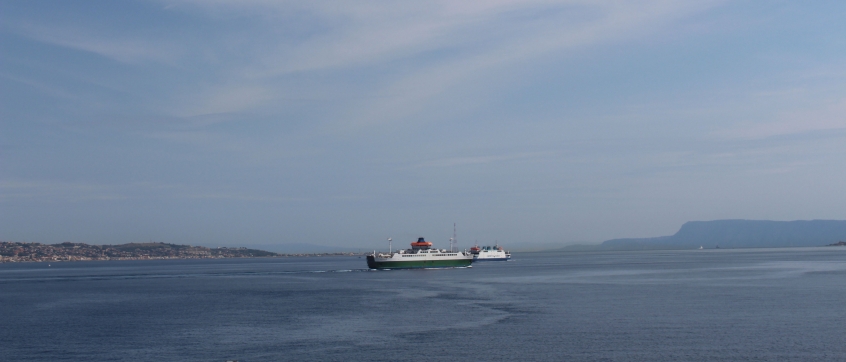
The Straits of Messina (GCR)
To ensure the bridge did not affect shipping, the 5.3km-long deck was to be 65m above sea level, and the supporting towers were to be 383m, making it the tallest bridge in the world.
But it was cancelled by the government of Romano Prodi in 2006.
Three years later, the idea was revived by Silvio Berlusconi’s administration, with the federal government proposing to put $1.5bn towards the project’s total cost, estimated to be about $7bn. The scheme was again cancelled in 2013.
A lack of enthusiasm in Brussels is thought to have held the scheme back.
The bridge is an element in the EU’s trans-European networks, but the European Commission has not made it a priority for funding, and in 2009 the Court of Auditors expressed scepticism about its feasibility and economic justification.
Present estimates of the cost vary between about $5.5bn (put forward by Italian contractors) and $9.5bn (put forward by green groups).
Salini Impregilo champs at the bit
The last cancellation triggered a legal dispute between Salini Impregilo, the Italian contractor that was to have built it, and the Italian state. Salini claimed $780m in compensation.
The announcement that the scheme may be back on the government’s agenda was greeted with enthusiasm by Peter Salini, chief executive of the contractor.
He told a press conference on 17 September: “The Strait Bridge is a resource for the south and it is important for the country. We are ready to pick the job up where we left off: it’s a beautiful thing.”
He added: “I still believe in it. I think it can have a great significance for the development of the South. We can’t leave the South in the hands of crime – we have to invest.”
He said that an improvement in Sicily’s notoriously poor transport infrastructure could transform the island into a “Mediterranean hub”.
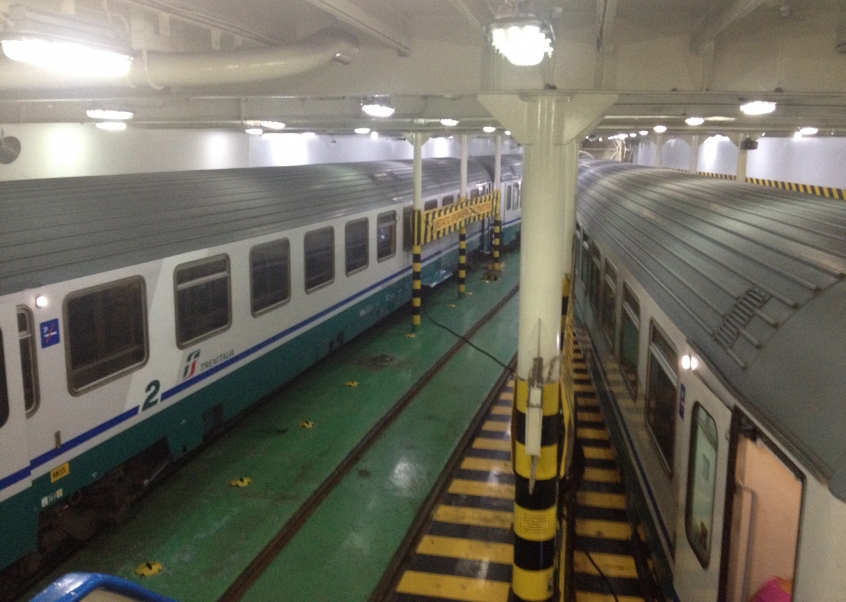
Italian regionale trains are decoupled and loaded onto a ferry to be taken across the straits, a process that takes more than an hour (GCR)
At present Sicily, the second most populated island in Europe, maintains links with the rest of Italy by ferry – even trains from the mainland are shipped over the straits and put onto rails on the island.
If built, the bridge would be more than twice as long as the present holder of the record for the longest suspended span, the Akashi-Kaikyo bridge in Japan, which links Iwaya Island to the southern city of Kobe.
Its central span stretches for just short of 2km.
Main photograph: The design for the bridge as it emerged from two decades of design work. The towers would be 383m tall, 74m higher than the London Shard (ANAS Press Office)
Comments
Comments are closed.

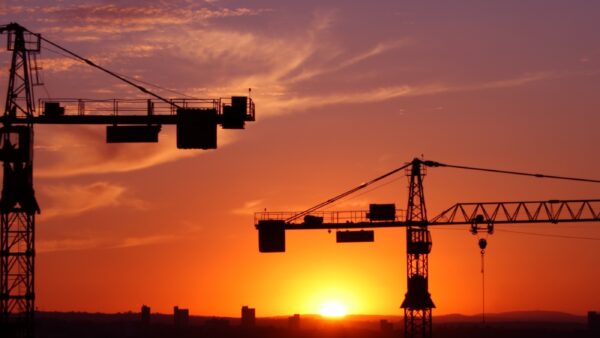
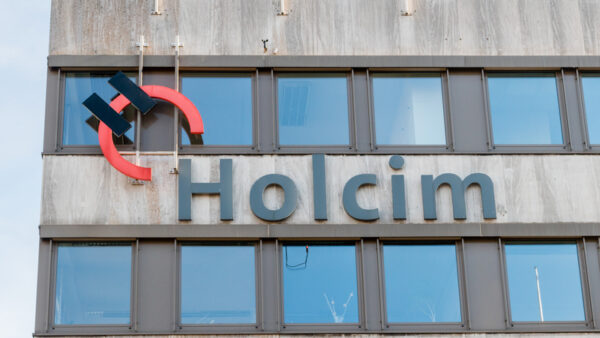
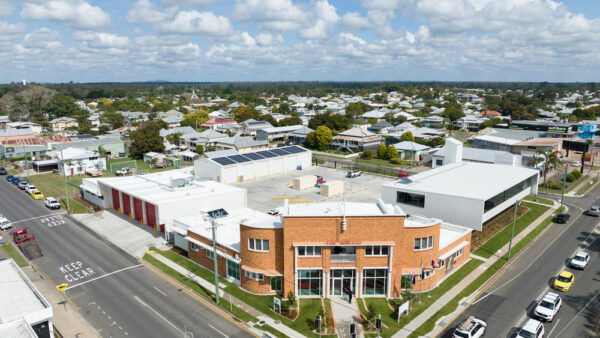

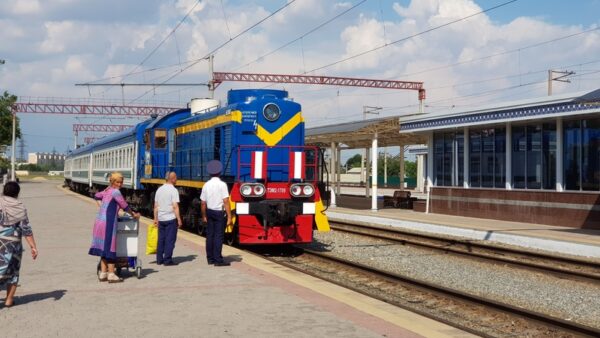
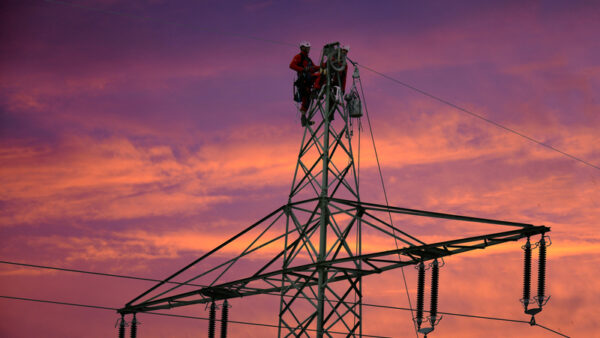
Being a five generation South African but yet of Sicilian extraction and my very surname is derived from the Italian Province of Calabria- there is no beating a very good idea- no matter how long it takes and nevertheless affordable, although challenging the very limits of worldwide suspension bridge engineering prowess! Just who are the politicians to decide – why not a nation wide referendum in favour or against! However historically ,ever since the Romans, Italians love roads and the bridges which support them- so I doubt
they will vote it out!! Viva Italia Viva!
One cool thing is it is one of the few chances to line an island country and a mainland country with a bridge that would only need 2 bridge piers and where the water is shallow. So the piers don’t have to extend 100+ feet below sea level. No piers in the middle where the water would be over 100 feet deep. Many countries build 1 mile long bridges to link 2 mainland regions of their own country and don’t link with another. This bridge would be a tourist destination as well. A fascinating achievement it would be to link an island country with the mainland continent. I wish Japan had a better chance, as well as (northern) Ireland, and Taiwan. Or others that are naturally linked, but want to be linked together in a region so people don’t need to drive as far to get to the other side. Such as Sweden and Finland, Estonia and Finland, Morocco and Spain, and Alaska and Asia (not mainly Russia).
As Enrico commented @ http://www.thelocal.it/20151106/renzi-revives-controversial-sicily-bridge-plans the bridge would be an engineering achievement to be proud of. And as Enrico also commented- “Look at Denmark and Sweden.” On top of that (bridge) or above all (bridges)- I would like to add- Look at America’s Golden Gate Bridge, their Oakland Bay Bridge, Turkey’s Bosphorus Bridge, America’s Mackinac Bridge, their Chesapeake Bay Bridge-Tunnel, Canada’s Confederation Bridge, America’s Lake Pontchartrain Causeway Bridge, their Overseas Highway, as well as their Seven Mile Bridge, China’s Beijing Grand Bridge, and China’s 165-kilometer long Danyang Kunshan Grand Bridge. Looking at China’s 165-kilometer long bridge makes America’s postponed 88-kilometer long Bering Strait Bridge a disappointment of incompletion to me as an American.
Alguns anos atrás eu perguntei para um religioso da região de Brescia na Itália o que ele achava de construir esta ponte no Estreito de Messina. E hoje lembrei dele ao ler no km 2236 do Catecismo da Igreja Católica “dos deveres das autoridades civis” o perigo do interesse pessoal. É que na época sua resposta intrépida foi que esta ponte aludia ao estrelato internacional de alguém cujo nome seria gravado numa enorme placa à entrada da ponte “silvio Berlusconi bridge”. O religioso a quem me refiro é um padre pavoniano de nome Pe Lorenzo Agosti…:)